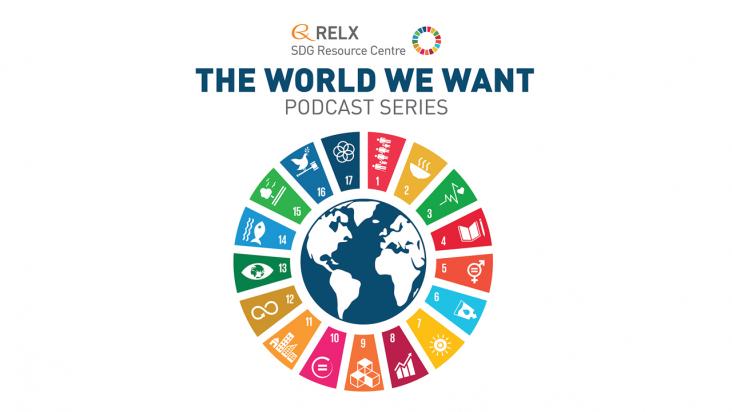WHO recommends dolutegravir as the preferred anchor drug for first-line and second-line HIV treatment, and is being rolled out globally. This study shows that dolutegravir is safe but clinicians should nonetheless be aware of the risk of psychiatric manifestations in children and adolescents taking the drug.
This Article supports SDG 3 by showing, through a modelling analysis, that community tenofovir, lamivudine, and dolutegravir (TLD) is likely to reduce HIV incidence and be cost-effective, thus leading to population health benefits.
This Article supports SDG 3 by showing that interventions and strategies to reduce mortality from HIV-related CNS infection in public hospitals within routine care services can substantially reduce all-cause 2-week mortality among people living with HIV presenting to public hospitals with suspected HIV-related CNS infection.

World Animal Day exists to raise the status of animals and improve welfare standards around the globe.
It’s a day of celebration for animal lovers everywhere.

In The World We Want we explore key themes related to the SDGs: leadership, innovation and youth. Dr. Márcia Balisciano, Global Head of Corporate Responsibility, interviews influencers and thought leaders across disciplines on key topics to achieve the global goals.
This commentary describes the contributions people from minority groups with mental illness can make to mental health research.
Elsevier,
Daniel A. Vallero, Trevor M. Letcher,
Chapter 7 - Leaks,
Editor(s): Daniel A. Vallero, Trevor M. Letcher,
Unraveling Environmental Disasters (Second Edition),
Elsevier,
2024,
Pages 171-205
This chapter aligns with SDGs 3 and 6 by distinguishing hydrogeological plumes from atmospheric plumes in this chapter by referring to them as leaks, considering environmental or potential disasters from the perspective of groundwater contamination.
This Article supports SDG 3 by analysing 40 studies from Latin America to find a lifetime prevalence of depressive disorder in this region of 12.6%, and a current prevalence of 3.1%. The authors note that after adjusting for income and using the same inclusion criteria and assessment methods, these estimates may be higher than global estimates provided by previous systematic reviews; however, more mental health research is needed in the region to generate more definitive conclusions.
The objective of this longitudinal study was to analyze changes in physical activity, sedentary time, sleep, anxiety, mood, and perceived health as a result of COVID-19 pandemic in a cohort of Spanish

